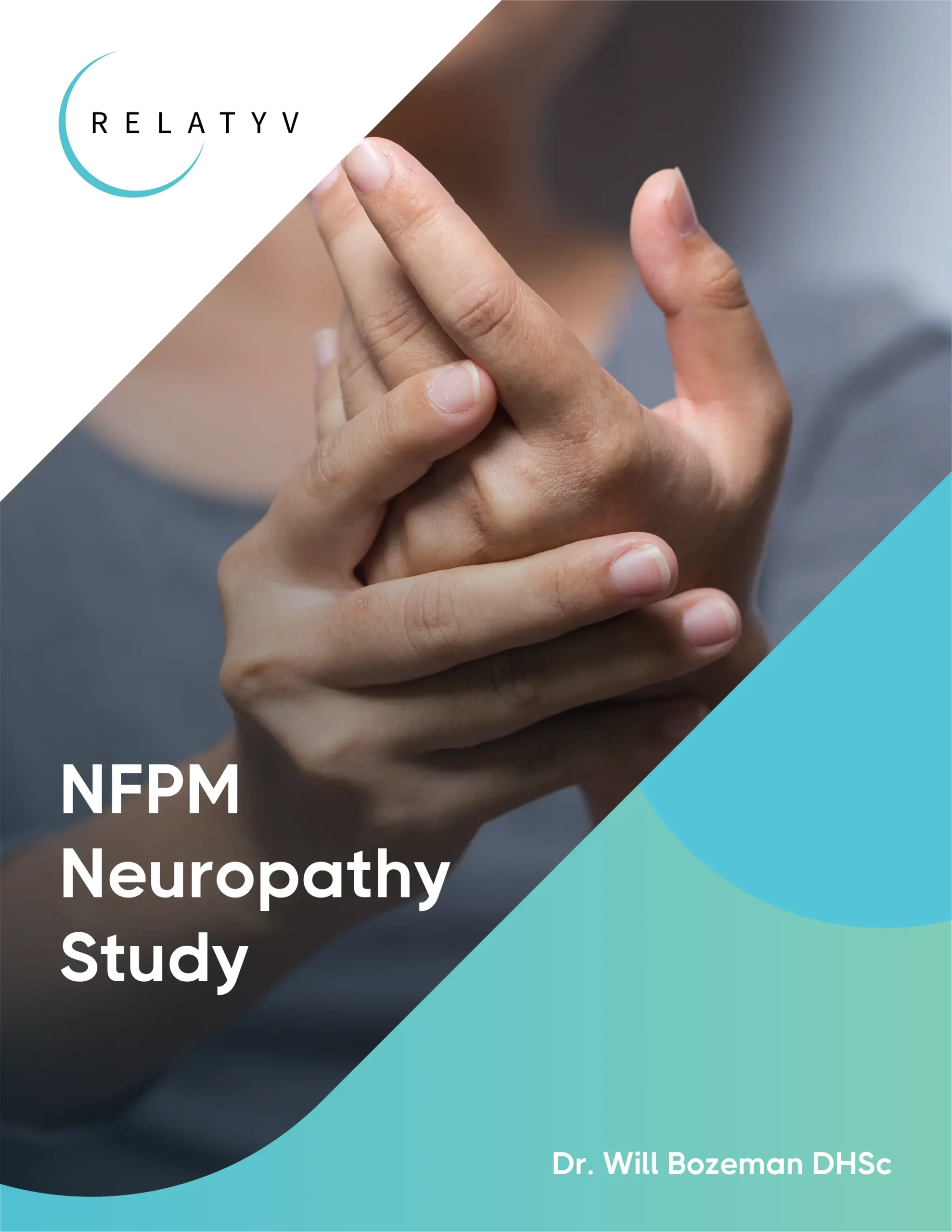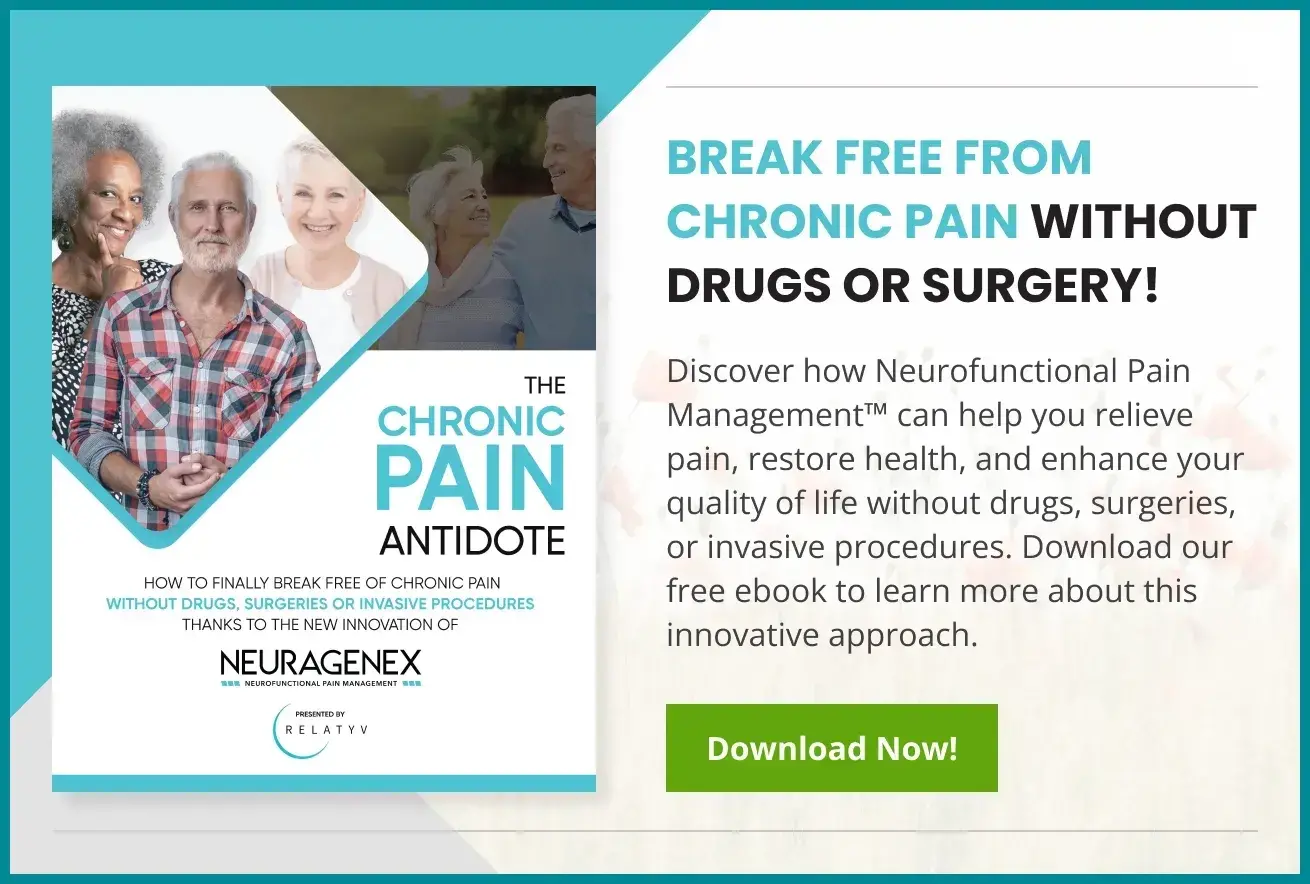Nicotinamide Adenine Dinucleotide

What Is NAD+?
Read More
What Is NAD+? Nicotinamide adenine dinucleotide (NAD) is a coenzyme that is found in every living cell. It plays a crucial function in many different biological processes, including as an essential component in energy production, DNA repair, and cellular communication, which means it is vital for maintaining overall cellular health. As a result, research on NAD has been increasing, and many are now exploring its potential as a supplement for improving health and longevity.
NAD is a molecule found in all living cells and is involved in numerous cellular processes. It is a dinucleotide, meaning it is composed of two nucleotides joined together. These nucleotides are nicotinamide and adenine, which give NAD its name.
However, it’s important to differentiate NAD from NAD+. NAD+ is the raw form of NAD. NAD is first introduced into the energy production cycle as NAD+. After it is used, it becomes NADH. This means that for the body to utilize NAD, it must first be converted into its active form, NAD+.
As explained, the molecular structure of NAD consists of two nucleotides – adenine and nicotinamide, joined by a phosphate group. Adenine is an essential component of DNA and RNA. Adenine is vital to energy transfer processes, such as ATP (adenosine triphosphate) production. ATP molecules are responsible for storing and releasing energy as needed by the cells.
On the other hand, nicotinamide is derived from vitamin B3 (niacin). Nicotinamide is responsible for carrying out redox reactions (reduction-oxidation) in cells. A redox reaction occurs when electrons are transferred from one molecule to another. This process is essential for energy generation and maintaining cellular balance.
While there are two forms of NAD, there are also two variations of NAD+. These variations include NADP+ (nicotinamide adenine dinucleotide phosphate) and NADPH (nicotinamide adenine dinucleotide phosphate hydrogen). The following are the different types of NAD and their functions:
NAD+ is vital to energy metabolism by acting as an electron carrier. During cellular respiration, it is involved in the conversion of glucose (the primary source of energy for our cells) into ATP. NAD+ is reduced to NADH and then later reoxidized back to its original form through a series of chemical reactions, thereby releasing energy that is used to produce ATP. This process occurs in the mitochondria, which are known as the powerhouses of our cells.
Apart from energy production, NAD+ also plays a role in DNA repair and cellular signaling. As we age, oxidative damage to our DNA accumulates, leading to mutations and potentially harmful consequences. NAD+ helps activate enzymes that repair this damage, ensuring the integrity of our DNA. It’s also important in cellular communication since it regulates various signaling pathways that control gene expression and cellular response to stressors.
NADH is the reduced form of NAD+. This means it has gained electrons and is ready to pass them on to other molecules. Its primary function is to act as an electron carrier in cellular respiration, which is a process that converts glucose into ATP for energy production. NADH also helps produce essential molecules for the body, such as fatty acids and cholesterol.
While both NAD+ and NADH play roles in energy metabolism, their functions differ slightly. NAD+ primarily acts as an oxidizing agent, while NADH acts as a reducing agent. This means that NAD+ accepts electrons, while NADH donates them. This difference is crucial in maintaining the balance and efficiency of cellular processes.
NADP+ is another variation of NAD+, which has an additional phosphate group. A phosphate group is a group of atoms that are important in energy transfer reactions. This extra phosphate group allows NADP+ to carry out different functions compared to NAD+. Its primary role is to provide reducing power for biosynthetic reactions, such as the production of fatty acids and cholesterol. Additionally, NADP+ also plays a role in protecting cells from oxidative stress.
NADP+ is typically synthesized before NADPH. This reaction starts with NAD+ from either the de-novo or salvage pathway, where an enzyme called NAD+ kinase adds a phosphate group to produce NADP+.
NADPH is the reduced form of NADP+ and is involved in many anabolic (building) reactions within cells. NADPH is essential for various biosynthetic reactions, including those in the Calvin cycle where it acts as a reducing agent to help convert carbon dioxide into glucose. It also serves a critical role in non-photosynthetic pathways by accepting electrons to reduce nitrate into ammonia for plant assimilation in the nitrogen cycle. Additionally, NADPH is involved in the production of oils and other important molecules for the body.
Because of how NAD is involved in many cellular processes, it has been gaining attention for its potential health benefits as a supplement. Some of these potential benefits include:
NAD+ and NADH play crucial roles in energy production, making them essential for maintaining overall cellular health. As mentioned, NAD+ is involved in converting food (glucose) into energy (ATP). Without adequate levels of NAD+, this conversion would be less efficient, leading to decreased energy production and potentially resulting in fatigue or other health issues.
NAD+ is important for maintaining the integrity and stability of our genetic material – DNA. It is involved in repairing damaged DNA through interactions with enzymes known as sirtuins, which help regulate gene expression and maintain genome stability.
With age, levels of NAD+ decline, leading to an increased risk of DNA damage and mutations that can contribute to age-related diseases like cancer. By promoting DNA repair, NAD+ may help prevent or slow down the development of these diseases.
NAD+ is involved in cellular signaling pathways, which control various processes like growth and metabolism. By regulating these pathways, NAD+ can potentially impact overall health and longevity by promoting cellular health and function. Additionally, studies have shown that NAD+ may help regulate insulin sensitivity and glucose metabolism, making it a potential factor in managing conditions like diabetes.
Our NAD+ levels decline as we age, due to poor diet, stress, and environmental toxins. Because NAD+ is involved in many essential cellular processes, this decline can have significant consequences for our health and longevity. In fact, the decrease in NAD+ levels has been closely linked to the aging process and age-related diseases.
The connection between NAD+ levels and aging lies in its role in energy production, DNA repair, and cellular signaling. As noted earlier, NAD+ is vital for these processes, and a decline in its levels can lead to decreased energy production, impaired DNA repair, and disrupted cellular signaling. This can contribute to the development of various age-related diseases and decrease longevity.
Moreover, studies have shown that supplementing with NAD+ precursors can increase NAD+ levels and promote healthy aging by improving mitochondrial function and reducing DNA damage. This highlights the importance of maintaining adequate NAD+ levels for healthy aging and longevity.
Several age-related factors have links to a decline in NAD levels. These include:
Understanding these links between NAD+ depletion and age-related conditions can help identify potential interventions or lifestyle modifications to maintain adequate NAD+ levels and promote healthy aging.
Because NAD+ depletion is associated with various age-related conditions, finding ways to boost its levels in the body can have significant health benefits. Some ways to do so are through the following:
Certain foods contain NAD precursor molecules, such as tryptophan and niacin, which can be converted into NAD+ in the body. Precursor molecules are substances that can be converted into the desired molecule in the body. For instance, tryptophan is an amino acid that is found in foods like turkey and eggs, which can be converted into niacin, a vitamin that is essential for NAD+ production.
Other foods that contain NAD precursors include milk, yeast, and green vegetables like asparagus and broccoli. By adding these foods to your normal diet, you can support NAD+ production and maintain adequate levels in the body.
Studies have shown that intermittent fasting and caloric restriction can increase NAD+ levels in the body. Intermittent fasting is the practice of alternating between periods of eating and fasting, while caloric restriction involves reducing daily calorie intake. It is believed that the body responds to periods of fasting or caloric restriction by increasing NAD+ production to support energy production and cellular repair processes.
Regular exercise has been linked to increased NAD+ levels in the body. Exercise requires energy; therefore, the body increases NAD+ production to support the increased demand. Additionally, exercise has been shown to stimulate mitochondrial biogenesis (the creation of new mitochondria). This process also relies on NAD+ levels and can contribute to maintaining healthy cellular function.
Sun exposure, specifically UV radiation, has been shown to increase NAD+ levels in the skin. How? The skin contains a precursor molecule called nicotinamide mononucleotide (NMN) that can be converted into NAD+ when exposed to UV radiation. This is one of the reasons why sunlight exposure is essential for maintaining vitamin D levels in the body, as vitamin D is also involved in NAD+ production.
Stress hormones, such as cortisol, can inhibit NAD+ production and lead to a decrease in its levels. Therefore, finding ways to manage stress can indirectly support NAD+ production and maintain adequate levels in the body. For instance, managing stress through relaxation techniques like meditation and yoga can help support NAD+ production and maintain healthy levels.
Lastly, taking NAD+ supplements can directly increase NAD+ levels in the body. These supplements often contain precursors like nicotinamide riboside or niacinamide, which can be converted into NAD+. However, you should consult a healthcare provider before starting any supplement regimen.
At RELATYV, we offer a variety of supplements designed to support healthy aging, including our flagship product RELATYV NAD+ Sublingual S 10 and Oublingual. This unique blend is formulated to provide a synergistic effect, increasing the benefits of NAD+ supplementation. Here’s how:
With RELATYV NAD+ Sublingual S 10 and Oublingual, you can experience the difference in boosting your NAD+ levels and supporting healthy aging. The following are some potential benefits of using RELATYV NAD+ supplements:
NAD+ is critical for maintaining cellular health and repairing damage, which can slow down the aging process. By boosting NAD+ levels, RELATYV supplements may help promote healthy aging while also reducing the risk of age-related diseases.
Increased NAD+ levels could improve cognitive function and cardiovascular health by supporting healthy brain and heart cells. Our RELATYV supplements may help promote overall well-being by supporting these vital functions.
NAD+ has anti-inflammatory and antioxidant effects, which can help reduce inflammation and oxidative stress in the body. This can have a positive impact on various age-related conditions.
As NAD+ is essential for energy production, boosting its levels in the body can lead to increased energy and vitality, thereby helping to combat fatigue and promote a more active lifestyle.
Studies have shown that NAD+ supplementation can reverse symptoms of metabolic disorders like diabetes and fatty liver disease. This may be due to the improvements in insulin sensitivity and mitochondrial function brought about by increased NAD+ levels.
Including NAD+ boosting practices and supplements in your daily routine can have significant health benefits, especially for aging individuals. By understanding the role of NAD+ in maintaining cellular health and identifying ways to boost its levels, you can promote healthy aging and reduce the risk of age-related diseases.
With our RELATYV NAD+ supplements, you can experience the positive effects of optimized NAD+ levels and support your overall well-being. Consult with your healthcare provider to see if they are right for you.
Enhance your well-being with boosted NAD levels.
About the Author
Will is a healthcare executive, innovator, entrepreneur, inventor, and writer with a wide range of experience in the medical field. Will has multiple degrees in a wide range of subjects that give depth to his capability as an entrepreneur and capacity to operate as an innovative healthcare executive.
Share on Social Media




You can see how this popup was set up in our step-by-step guide: https://wppopupmaker.com/guides/auto-opening-announcement-popups/
You can see how this popup was set up in our step-by-step guide: https://wppopupmaker.com/guides/auto-opening-announcement-popups/
Neurofunctional Pain Management Overview
IV Therapy
Symptoms
Conditions Treated
Treatments
Articles by Category
Locations
Colorado
Wisconsin
Georgia
Hiram
Lawrenceville
Marietta
Powder Springs
Texas
Waco
Victoria
Illinois
Buffalo Grove
New Lenox
St. Charles
Arizona
Tucson
Waddell
Arlington
Avondale
Buckeye
Superior
Mesa
Palo Verde
Morristown
Tempe
Chandler
Anthem
Eloy
Florence
Fort McDowell
Phoenix
El Mirage
Coolidge
Gilbert
Arizona City
Casa Grande
Casa Blanca
Aguila
Sacaton
Apache Junction
Kearny
Stanfield
Goodyear
Litchfield Park
Alabama
Arkansas
California
Florida
Idaho
Louisiana
Michigan
Rhode Island
Minnesota
Nevada
New Jersey
New Mexico
North Carolina
Ohio
Pennsylvania
South Dakota
Tennessee
Virginia
Washington

